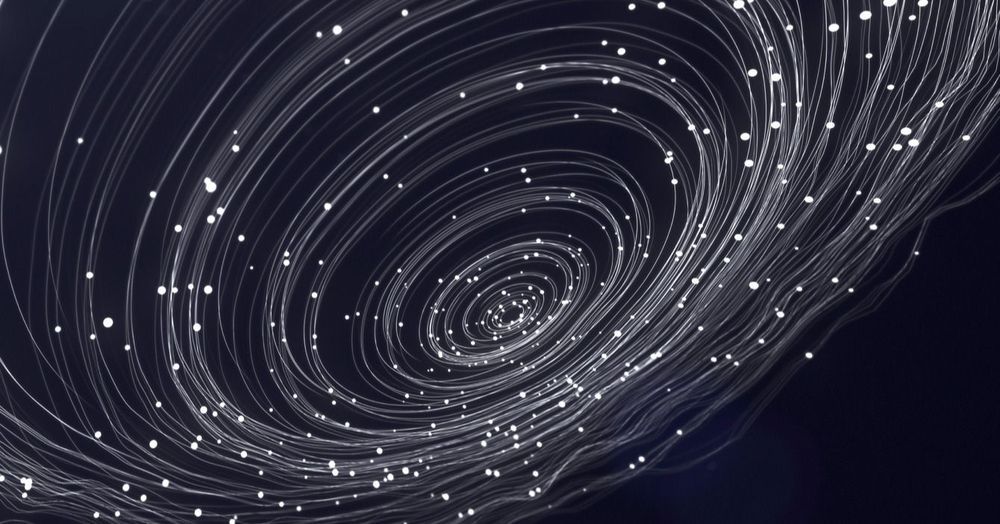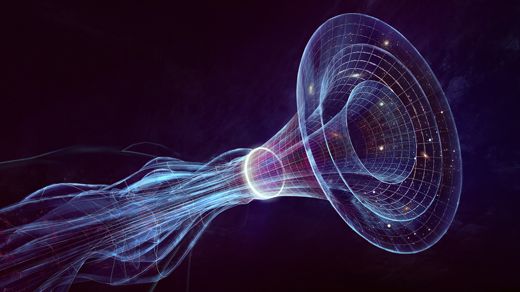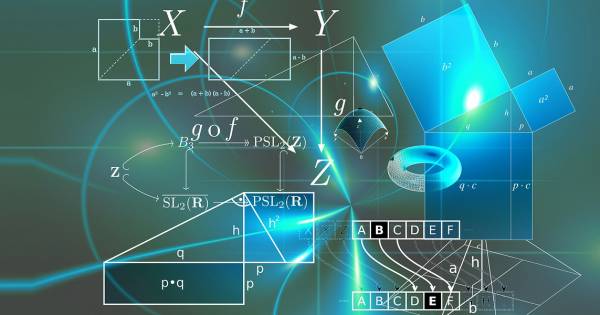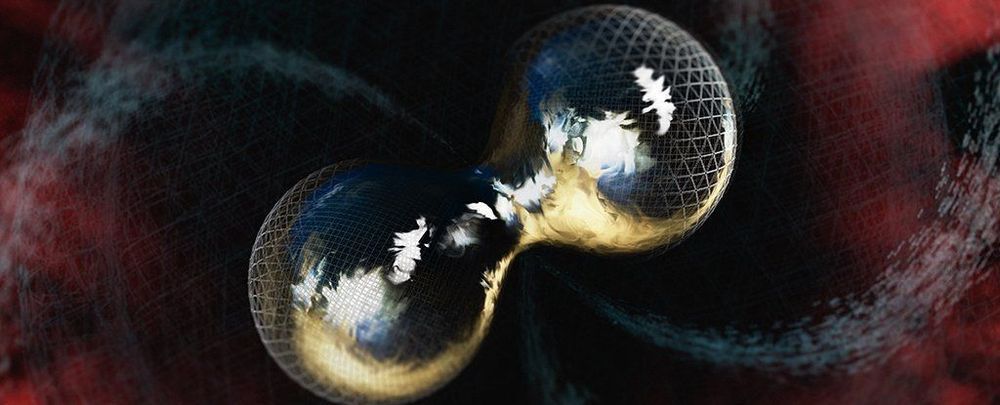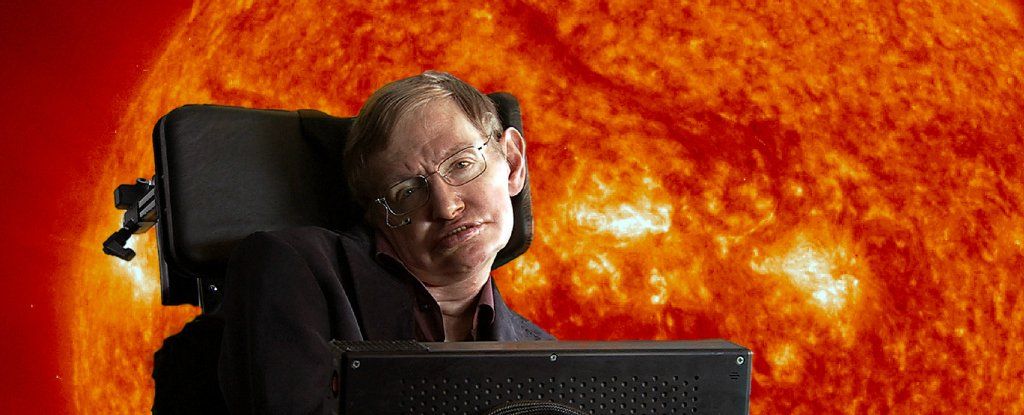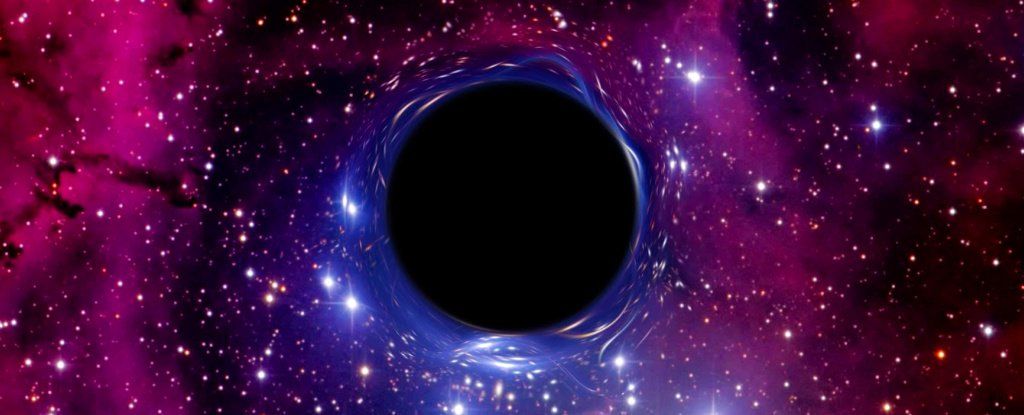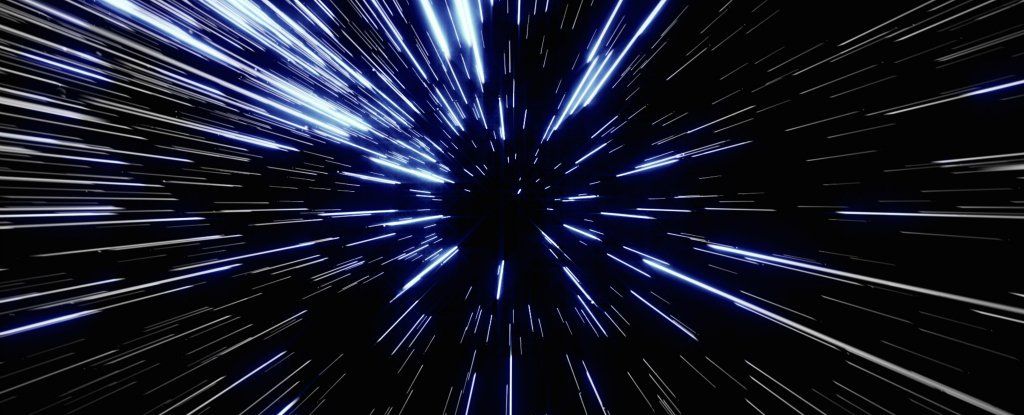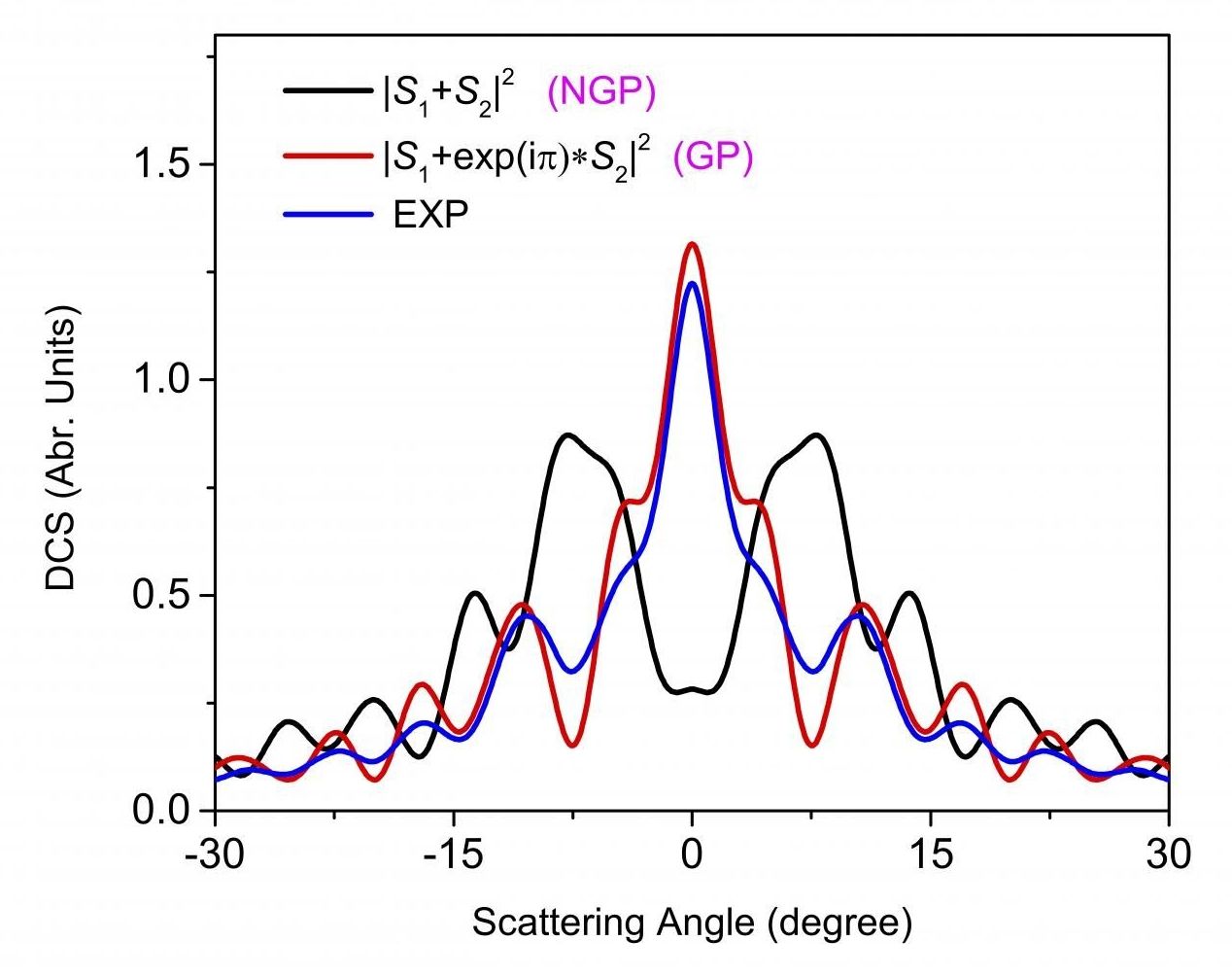Jan 6, 2019
Gravitational Waves Might be the Key to Finding Dark Matter
Posted by Genevieve Klien in categories: cosmology, physics
Exotic dark matter theories. Gravitational waves. Observatories in space. Giant black holes. Colliding galaxies. Lasers. If you’re a fan of all the awesomest stuff in the universe, then this article is for you.
